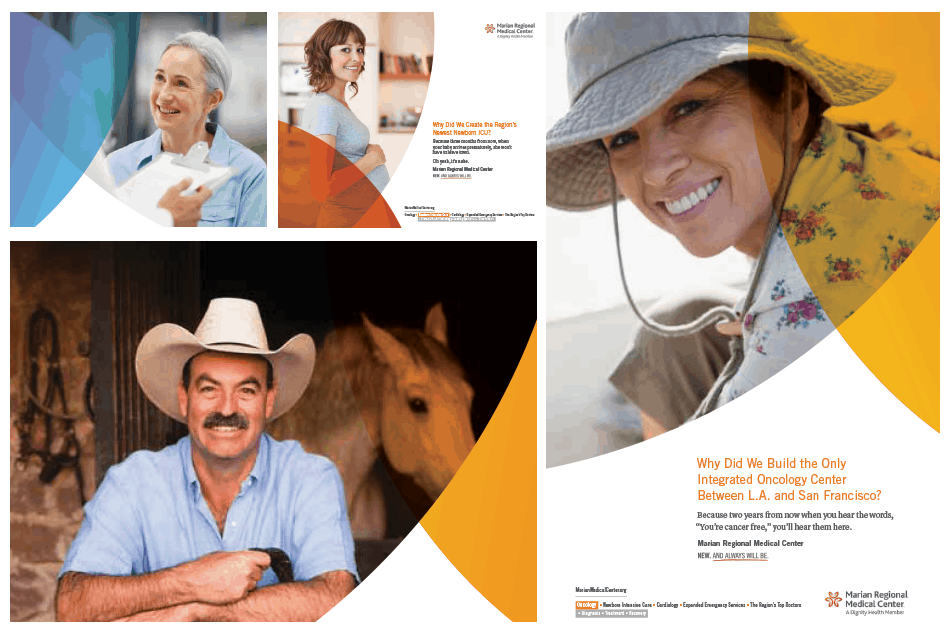I couldn’t take my eyes off the refrigerator on the roof. I was standing in front of a storm-battered home in the Lower Ninth Ward in New Orleans just seven months after Hurricane Katrina.
The once-vibrant neighborhood was practically washed away by the storm. All around me were scattered debris and empty foundations where homes used to stand. News coverage of Hurricane Katrina and its immediate aftermath — the harrowing scenes from the Superdome, pictures of people on roofs holding help signs, and other distressing imagery — motivated me to take an alternative spring break relief trip in 2007.
Rising sea levels and warming temperatures made Katrina’s storm system more powerful and catastrophic. And now, 16 years later, hurricane season starts earlier, lasts longer, and yields more extreme storms.
The same can be said for all types of natural disasters, including wildfires, droughts, heat waves, and floods. The National Centers for Environmental Information report shows that in 2021, 20 separate weather and climate disasters cost the U.S. at least $1 billion each.
Even as the number of billion-dollar disasters we experience in a year is increasing, the time between them is decreasing. The average time between these events has dropped from 82 days in the 1980s to just 18 days on average over the past five years. A community in need of national attention and support only has 18 days of the public’s attention until a new event grabs the headlines.
Climate change is a threat multiplier. It touches and intensifies every issue we face as a society. Yet coverage of climate-caused problems like natural disasters often fails to connect the dots.
Meaningful response to climate change will require focused collective action. We all have a role to play whether it’s participating in disaster relief efforts, lobbying legislators and corporations, or joining an advocacy organization like Mothers Out Front or 350.org.
How Climate Change Communication Can Get People Involved
How can communication and messaging motivate communities to get involved?
First, we need to understand our audiences so we can meet people where they are. Atmospheric scientist Dr. Katharine Hayhoe argues that there are three primary reasons we don’t treat the climate change crisis with the urgency it deserves:
- Psychological distance. We believe that climate impacts are distant in time and space and won’t affect us personally.
- Solution aversion. We feel powerless and don’t believe there’s anything we can do.
- Competing priorities. We have plenty going on in our day-to-day lives.
Using these reasons as a roadmap, we can identify ways to address the fatigue.
1. To overcome the psychological distance, tell stories.
Storytelling is the sharpest tool in a communicator’s toolbox. Stories have the power to educate, persuade, and motivate in ways that facts and statistics do not.
Climate change will affect us all. That’s a simple fact, but it doesn’t paint a complete picture. To reach audiences, we need to tailor messages that connect to their shared values and local concerns.
Telling stories about how climate change is already impacting communities can fire up areas of the brain that control emotional response, complex information processing, and long-term memory. Stories about solutions and actions can motivate people to get involved.
Furthermore, stories spread. Powerful narratives are sticky, and someone still thinking about one is likely to share it with others, reinforcing memory and contributing to changes in behavior and attitudes.
2. To solve solution aversion, leverage a hopeful tone.
Climate anxiety is both real and paralyzing. The situation feels too big and too dire, so we need to flip this narrative on its head. We have available plenty of solutions ranging from individual actions to system-wide approaches, but so many of us don’t know where to start.
There are many tangible steps we can take, and the tone in which we present them matters. If we offer hope instead of alarm and communicate that these specific actions matter and can make a difference, we can empower individuals and communities to get involved. This is the key to successful climate change communication.
3. To rise above competing priorities, join the clutter.
How can we cut through the clutter of day-to-day concerns and priorities? By becoming part of the clutter.
Messages about climate impacts and actions should be woven into all forms of media. It should be part of the movies we see, the TV we watch, the influencer content we follow, the news we consume, and, most importantly, the conversations we have. When it’s everywhere, it will start to rise above the clutter, allowing audiences to connect the dots.
We all need to step up to the plate in some shape or form and find ways to address climate change. By telling stories, leveraging a hopeful tone with specific calls to action, and making the issue omnipresent, we can motivate more people to get in the game.

About the Author:
Katie Flamand (she/her) is the Account Supervisor at SE2. Before joining SE2, Katie worked on several political and policy campaigns, including former President Obama’s 2008 campaign. Katie has more than 15 years of experience working in communications, with an emphasis on public health. She lives in Fraser, Colorado, with her husband and two sons.





